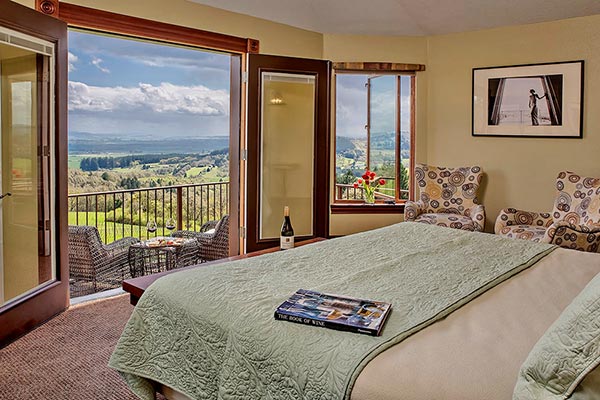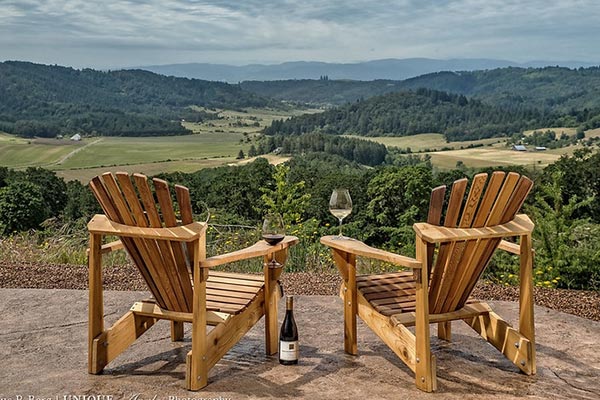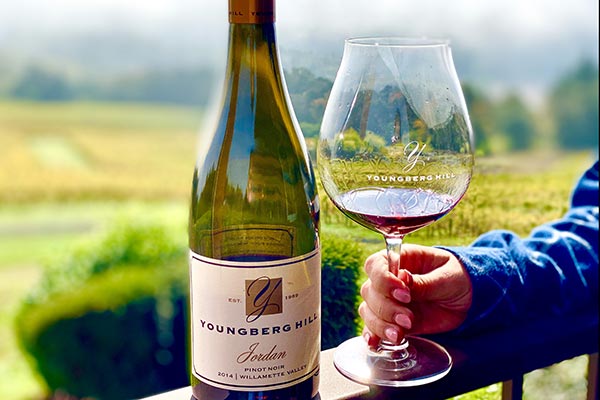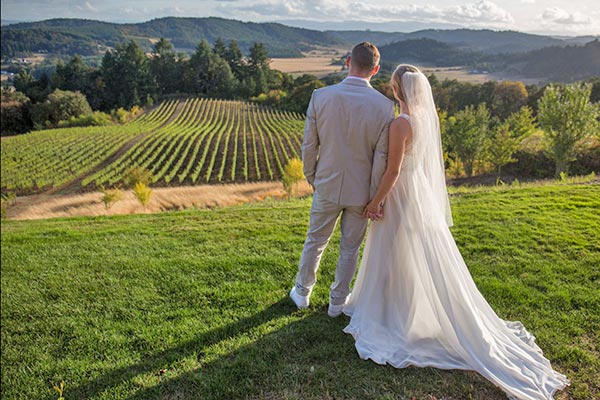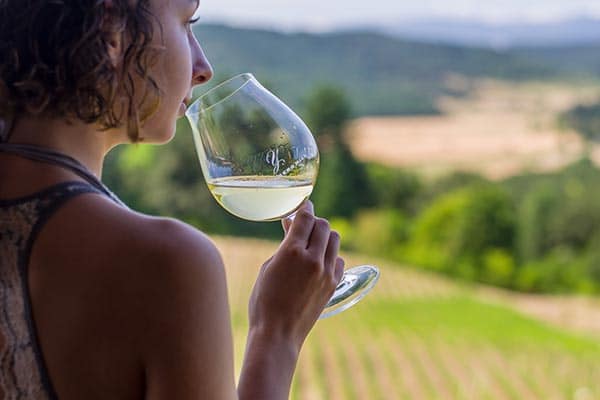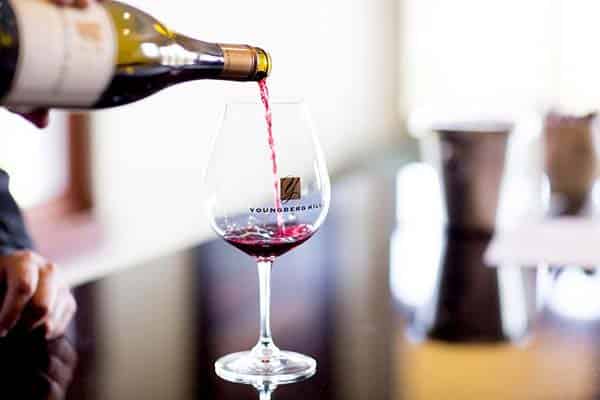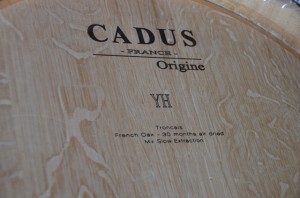 Reading a wine barrel sounds like a relatively simple process. You are looking at a label imprinted into the wood, right? There’s a little more to it than that. On the left you will see one of our new barrels for our estate Pinot Noir. On the top of the barrel is information about it. Some barrel manufacturers (called “cooperages” in the wine world) put more information on their barrels than others.
Reading a wine barrel sounds like a relatively simple process. You are looking at a label imprinted into the wood, right? There’s a little more to it than that. On the left you will see one of our new barrels for our estate Pinot Noir. On the top of the barrel is information about it. Some barrel manufacturers (called “cooperages” in the wine world) put more information on their barrels than others.
On this barrel we have:
- Cadus is the name of the cooperage.
- France is the source of the barrel.
- Origine means the point of origin.
- YH are the initials of Youngberg Hill. This barrel was made specially for us.
- Troncais is the oak forest in France that the wood is from. There are six different forests this oak type comes from and each forest has specific characteristics.
- French oak – 30 months air dried means the amount of time after harvesting the tree during which the wood is dried out in the open. After the wood is dried, the barrel is created.
- M+ signifies that the inside of the barrel has been toasted a certain amount. In this case it was toasted to medium plus. The amount a barrel has been toasted contributes to the taste of your wine.
- Slow extraction means that this barrel is best used when the wine will be in it for more than a year because the wood slowly interacts with the wine.
At Youngberg Hill we are very specific about our choice in barrels. We use white oak as it has been the standard in the winemaking industry for centuries. It brings out unique qualities in wine and allows wine to interact with it and through it. 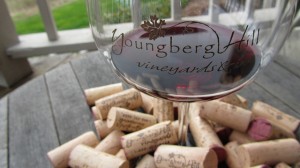 Other wood has been experimented with, but winemakers around the world have come back to white oak.
Other wood has been experimented with, but winemakers around the world have come back to white oak.
The white oak we use for barrels is from France. French white oak barrels have been the barrel of choice for Pinot Noir producers the world over. The qualities we look for are:
- The age of the oak trees.
- The weather in which they are grown (cool so the growth is slower and the grain is more open.)
- The drying conditions of the wood in an open air environment.
- The manufacturing process of the barrel.
All of these qualities allow Pinot Noir to age beautifully. Every one of these qualities are found in French white oak barrels.
Big red wines like Cabernet, Borolo, Malbec and all those big reds in between can use a wider variation of oak barrels. They are thick skinned, big boned, heavy wines that can compete with other oaks more easily without losing the character of the wine. Pinot Noir is a delicate grape with thinner skins that can be easily overwhelmed by other oak options. French white oak has been found over the centuries to be subtle enough to interact with Pinot Noir.
What else would you like to learn about the Pinot-making process? Let us know below.


